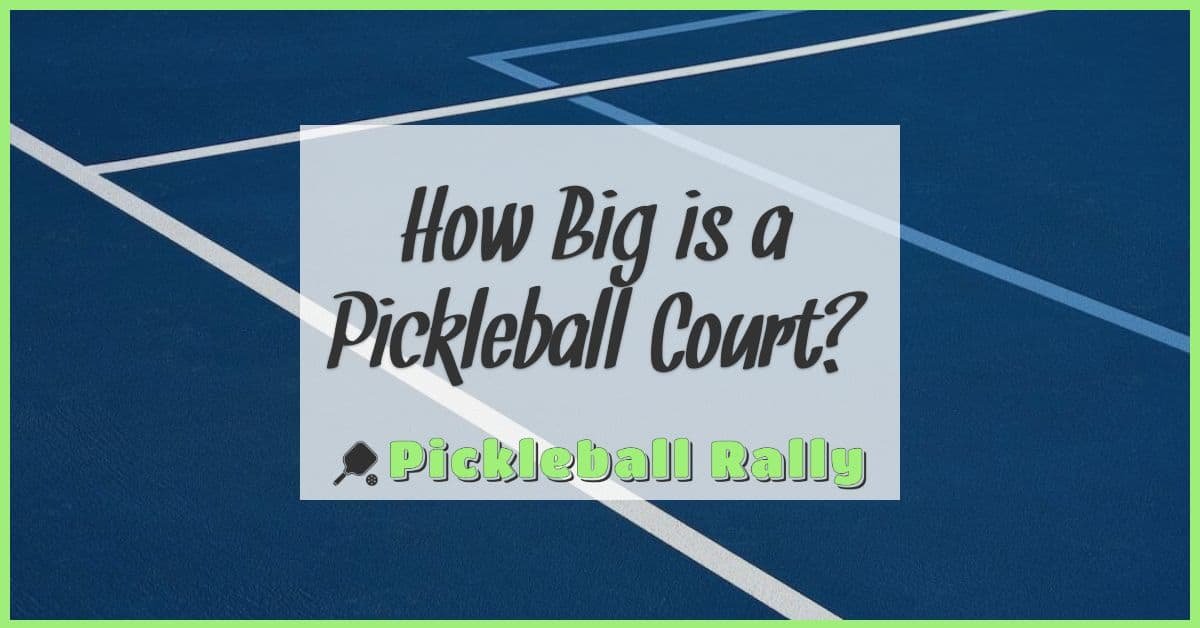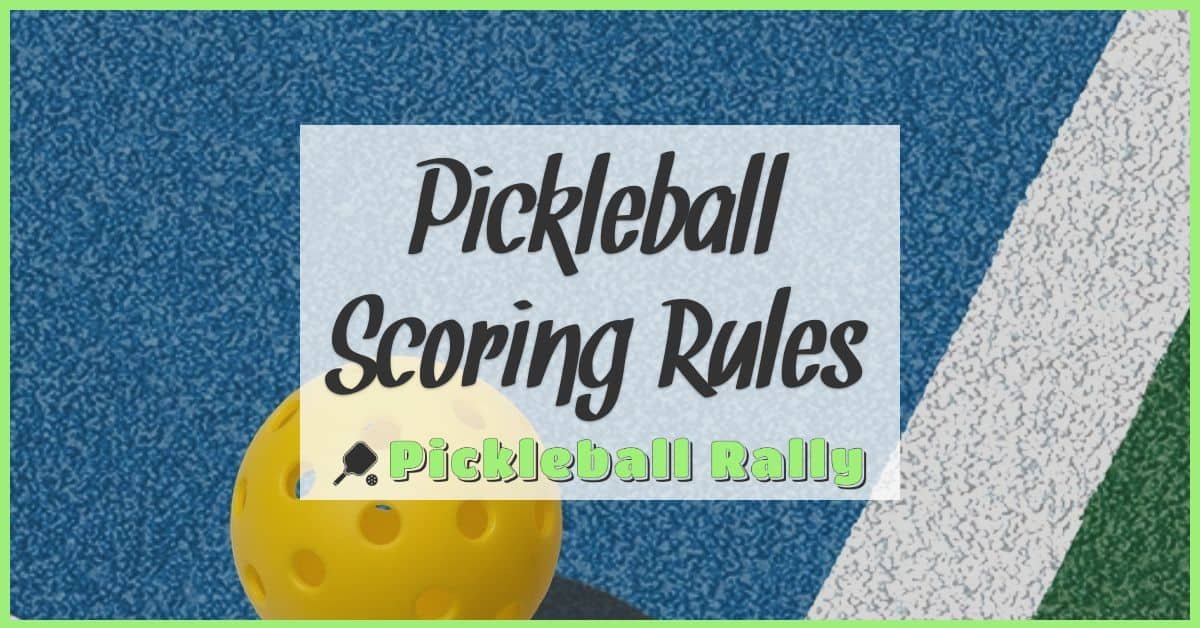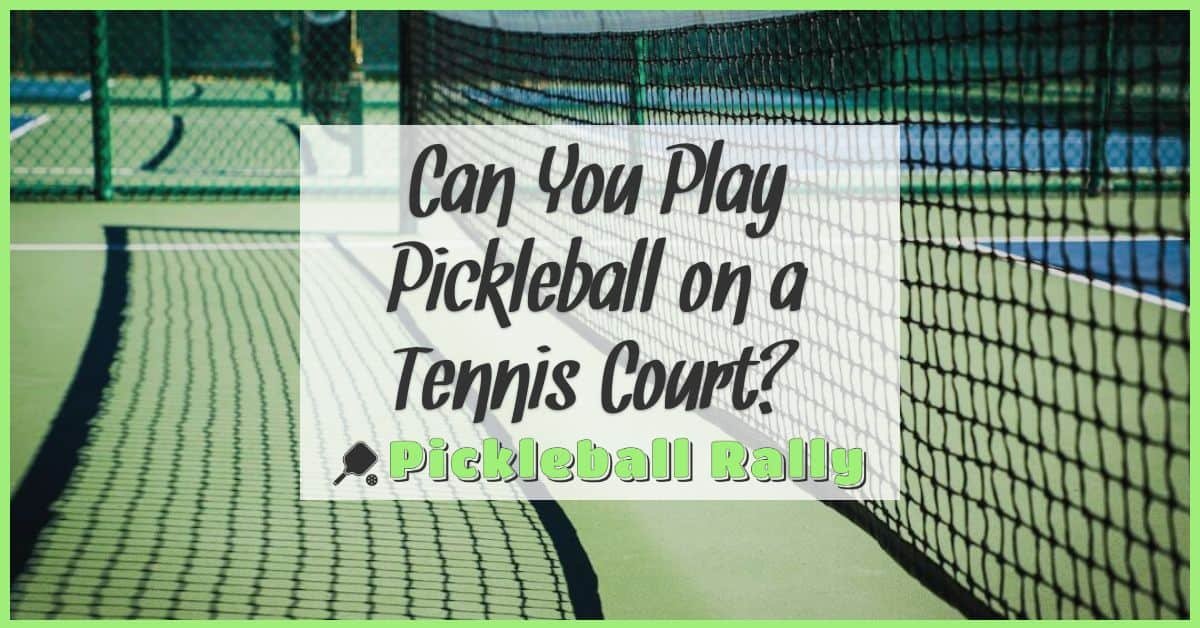Pickleball has been gaining popularity as a fun and accessible sport for people of all ages. But beyond just being a great way to stay active, it’s starting to play an important role in physical therapy. We’re seeing how the game’s unique combination of movement, balance, and coordination can help patients recover and regain strength.
In physical therapy, finding activities that keep patients engaged is key to success. Pickleball offers just that—it’s social, low-impact, and adaptable to different fitness levels. As we explore its benefits, we’ll uncover why this fast-growing sport is becoming a valuable tool in rehabilitation and overall wellness.
Understanding Pickleball and Its Growing Popularity
Pickleball combines fun, fitness, and friendly competition in one fast-growing sport. Let’s dive deeper into what makes pickleball unique and why it’s becoming a favorite in rehabilitation settings.
What Is Pickleball?
Pickleball is a paddle sport played on a smaller court than tennis, using a lightweight ball with holes. We play with solid paddles and a net similar to tennis, but the court dimensions (20 by 44 feet) make the game faster and more accessible. Singles or doubles matches rely on quick reflexes, sharp hand-eye coordination, and strategic shot placement. Its simple rules and low-impact movements attract players of all ages and skill levels, letting us enjoy longer play sessions without excessive joint strain.
Why Pickleball Is Becoming Popular in Rehabilitation
Pickleball’s adaptability suits rehabilitation because it promotes balance, coordination, and cardiovascular health without high-impact stress. We find it especially useful for rebuilding strength and joint mobility after injuries or surgeries. Its social nature encourages consistency in therapy, as patients enjoy group sessions and friendly competition. Therapists incorporate specific drills and pacing to match patients’ limits, making pickleball a motivating, engaging part of recovery plans. The sport challenges both fine motor skills and aerobic endurance, supporting functional improvements needed in daily life.
Benefits of Pickleball in Physical Therapy
Pickleball offers more than fun and competition. Its unique combination of movement and social interaction delivers powerful benefits that boost physical therapy results.
Improving Cardiovascular Health
Regular pickleball play elevates heart rate through continuous, moderate-intensity activity. This improves circulation and endurance without overtaxing the body. We know the start-stop nature of pickleball engages the cardiovascular system effectively while allowing recovery between rallies. For people recovering from heart-related conditions, this balanced exertion supports safe cardiovascular conditioning.
Enhancing Balance and Coordination
The game puts balance and coordination to the test with its quick direction changes and varied shot selections. With pickleball’s smaller court, players practice stability on different surfaces and adjust footwork rapidly. This challenges proprioception and neuromuscular control, critical elements in physical therapy. Repeated practice helps clients regain confidence and reduce fall risk, essential goals in rehabilitation.
Increasing Strength and Flexibility
Pickleball engages multiple muscle groups through strokes, dashes, and reaches. This dynamic movement increases muscular strength and joint flexibility gradually. Using paddles encourages upper body activation, while leg movements enhance lower body conditioning. We see clients improve muscle tone without stress from high-impact activities, making pickleball an ideal way to regain functional strength.
Promoting Social Interaction and Mental Health
Physical therapy thrives on motivation and positive experiences. Pickleball’s social nature keeps players connected and engaged in group settings. Knowing others share similar recovery journeys builds support and reduces feelings of isolation. Mental sharpness also benefits as players strategize and respond quickly during play. This mental engagement combined with social camaraderie lifts mood and accelerates rehabilitation progress.
Integrating Pickleball Into Physical Therapy Programs
Incorporating pickleball into physical therapy programs offers a fun, effective way to boost recovery through movement, balance, and coordination. Let’s explore how to tailor pickleball for therapy to get the most out of every session.
Assessing Patient Suitability
We start by evaluating each patient’s physical condition, mobility level, and any existing injuries. Key factors include joint stability, cardiovascular health, and balance ability. Patients with moderate mobility restrictions or chronic conditions often benefit most, as pickleball’s low-impact nature reduces joint strain. If a patient has severe balance issues or acute injuries, alternate therapies might work better until their condition improves.
Designing Pickleball-Based Therapy Sessions
We design sessions focusing on gradual skill-building and controlled movement patterns. Warm-ups involve light paddle drills and stretching to activate relevant muscles. Main activities include short rallies emphasizing footwork, hand-eye coordination, and strategic positioning rather than intense competition. Sessions often run 30 to 45 minutes, alternating between active play and rest to maintain cardiovascular effectiveness without overstressing the body. Adaptations like smaller courts or slower ball speeds enhance accessibility and confidence.
Safety Considerations and Precautions
We prioritize safe environments by ensuring non-slip flooring and proper court lighting. Players use supportive footwear to prevent ankle injuries. Spotting and supervision are essential during early sessions to monitor fatigue and detect signs of overexertion. Guidelines include avoiding sudden directional changes if balance issues exist and discouraging overreaching to reduce fall risk. Hydration and adequate rest between drills help maintain safety and performance throughout therapy.
Case Studies and Research on Pickleball in Rehabilitation
The growing evidence around pickleball’s role in physical therapy highlights its real impact on recovery. Let’s explore some success stories from clinics and recent research that back up what we’ve seen on the court.
Success Stories From Physical Therapy Clinics
Physical therapy clinics across the country share inspiring cases where pickleball helped patients regain strength and confidence. For example, a group of seniors recovering from hip replacement surgery reported significant improvement in their balance and mobility after just six weeks of pickleball sessions. Another clinic incorporated pickleball into stroke rehabilitation programs, noting faster improvements in hand-eye coordination and cardiovascular endurance compared to traditional exercises. These success stories show how pickleball’s low-impact, social gameplay fits perfectly with therapy goals, making recovery more engaging and effective.
Recent Research Findings and Clinical Trials
Recent studies reinforce pickleball’s benefits for rehabilitation. A 2023 clinical trial published in the Journal of Sports Rehabilitation involved 50 adults with mild to moderate arthritis. Participants who played pickleball three times a week improved joint flexibility by 20% and reported reduced pain levels after eight weeks. Another research project tracked balance improvements in older adults using pickleball-based training, showing a 30% decrease in fall risk compared to standard balance exercises. These findings confirm that pickleball not only makes rehab fun but also provides measurable health gains in strength, coordination, and cardiovascular health.
| Study/Clinic | Participants | Duration | Key Results |
|---|---|---|---|
| Hip replacement rehab | Seniors, post-surgery | 6 weeks | Improved balance, mobility |
| Stroke rehab clinic | Stroke survivors | 8 weeks | Enhanced hand-eye coordination |
| Arthritis clinical trial | Adults with arthritis | 8 weeks | 20% joint flexibility increase |
| Balance research | Older adults | 12 weeks | 30% fall risk reduction |
We’re excited to see how pickleball continues shaping rehab approaches and opening doors for more people to enjoy physical therapy.
Conclusion
Pickleball has truly carved out a unique space in physical therapy by blending fun with functional movement. Its ability to engage patients socially and physically makes it a powerful tool for recovery and ongoing wellness.
We’re excited to see how this sport continues to inspire new approaches in rehabilitation, helping people of all ages regain strength, confidence, and joy in their healing journey. Embracing pickleball in therapy programs opens doors to more dynamic and motivating treatment experiences for everyone involved.









